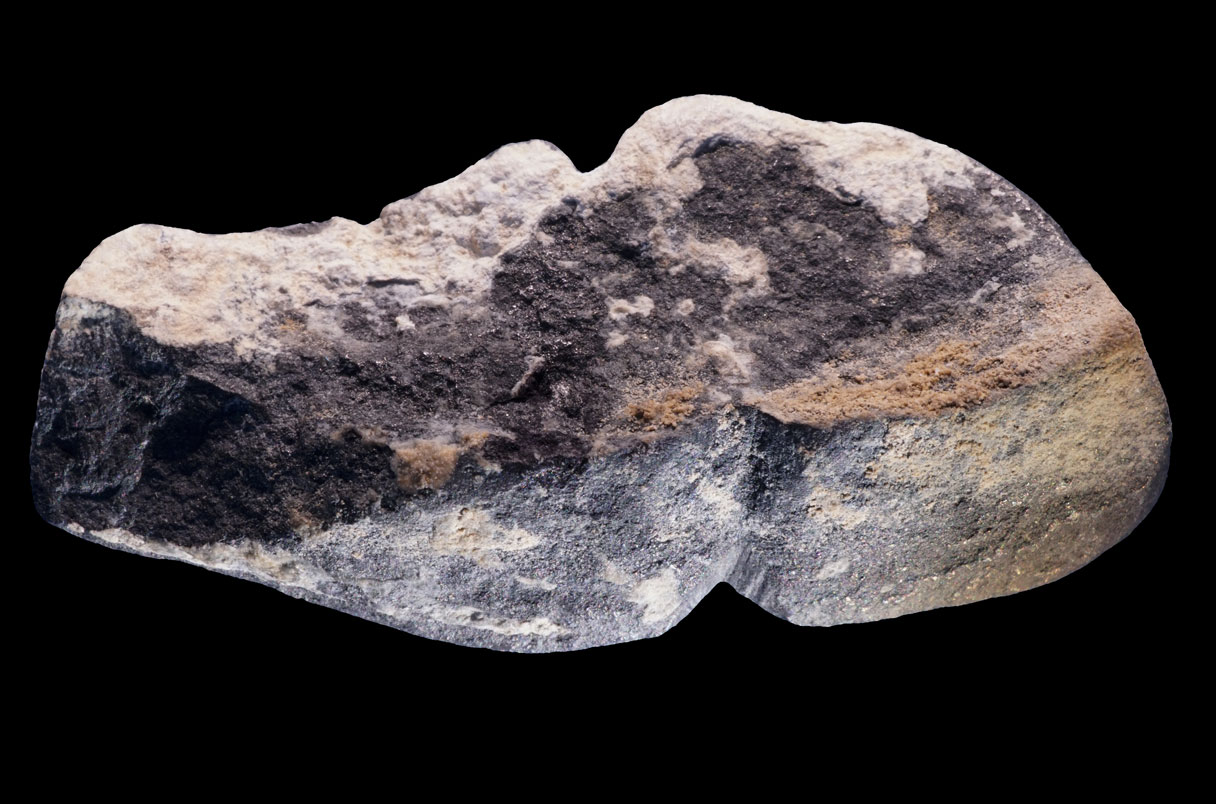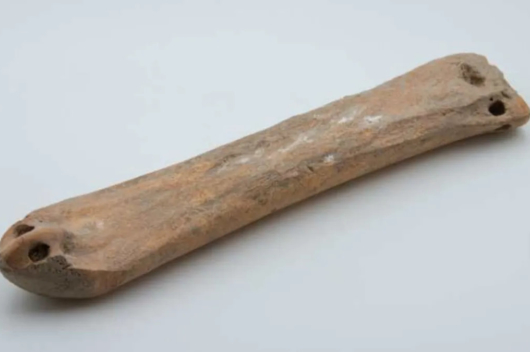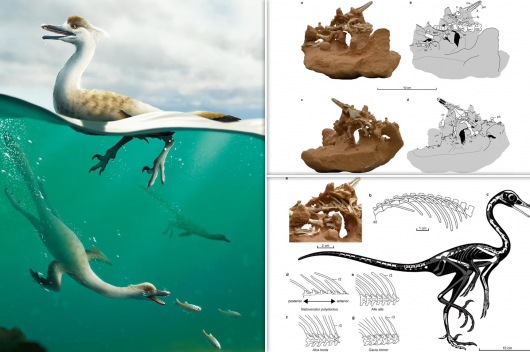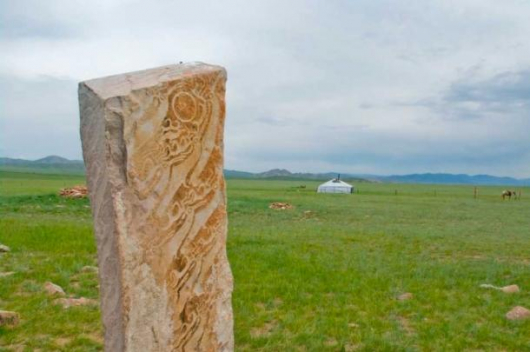A pendant recently found in northern Mongolia suggests our species has been artistically recreating the penis for at least 42,000 years. According to researchers behind a study of the pendant, published this week in Nature Scientific Reports, the 4.3-centimeter piece of carved graphite is the “earliest-known sexed anthropomorphic representation.”
If so, the pendant would predate cave art at Grotte Chauvet in France that depicts vulvas and dates back 32,000 years. It would even edge out the Venus of Hohle Fels statue found in southwestern Germany that may be as old as 40,000 years. But not everyone is convinced that the Mongolian pendant represents a phallus.
The pendant was unearthed in 2016 at site called Tolbor in Mongolia’s northern Khangai Mountains. Radiocarbon dating of organic material found near it puts the artifact at between 42,400 and 41,900 years old. A fragment of an ostrich eggshell pendant, ostrich eggshell beads, other stone pendants, and animal bone pieces were also found in the same sedimentary layer.
If the pendant does reflect a phallus, it reinforces the notion that some of the earliest forms of symbolic thinking are found on personal ornaments, the authors say. The oldest jewelry includes shell beads found in Africa, dating back at least 60,000 years and perhaps up to 142,000 years. The pendant is “important because it highlights very specific cognitive capacities in our lineage”—that is, the ability to attach meaning to symbolic representations—which is one of the hallmarks of being human, Rigaud says.
 3,575.44
3,575.44












Related News